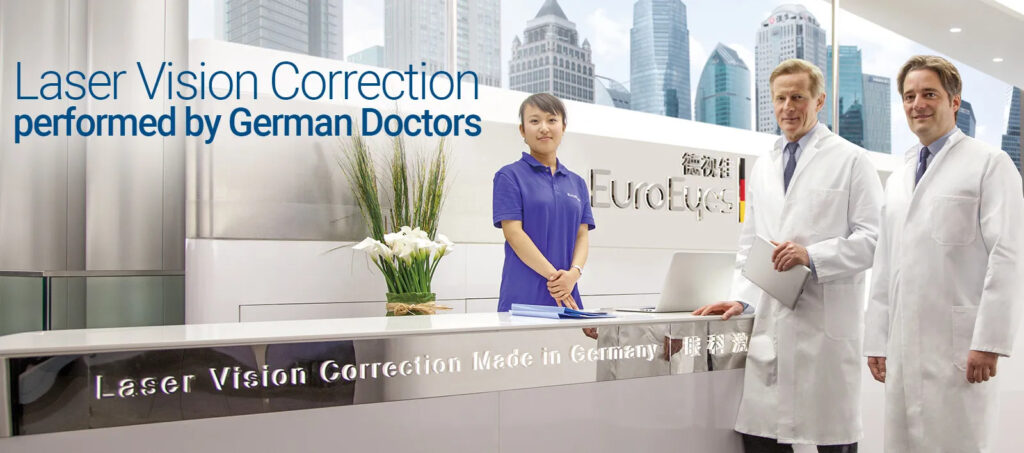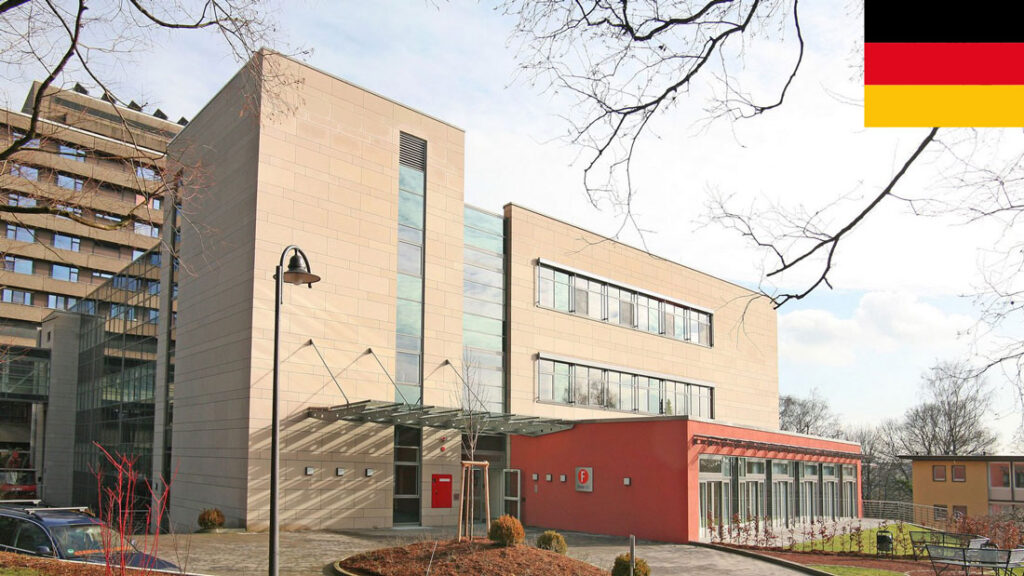Top Glaucoma Treatments: Medications, Lasers, and Lifestyle Tips
Glaucoma is a leading cause of irreversible blindness worldwide, affecting millions of people. Often called the “silent thief of sight,” this condition damages the optic nerve, usually due to high intraocular pressure (IOP). While there’s no cure, early diagnosis and proper treatment can slow or prevent vision loss.
In this article, we’ll explore the top glaucoma treatments, including medications, laser therapies, and lifestyle adjustments to help manage this condition effectively.
Understanding Glaucoma
Glaucoma occurs when fluid buildup in the eye increases pressure, damaging the optic nerve. There are several types, but the two most common are:
- Open-angle glaucoma: The most common form, where the drainage angle remains open but doesn’t function properly.
- Angle-closure glaucoma: A less common but more urgent form where the drainage angle is blocked, causing a rapid rise in eye pressure.
Early detection is crucial, as symptoms often appear only after significant damage has occurred. Regular eye exams are essential, especially for those at higher risk, including individuals over 60, those with a family history of glaucoma, and people with diabetes or high blood pressure.
Medications for Glaucoma
Medications are often the first line of treatment for glaucoma. They work by either reducing fluid production in the eye or improving drainage to lower IOP.
1. Prostaglandin Analogs
These are among the most commonly prescribed eye drops for glaucoma. They increase fluid outflow, reducing pressure. Examples include:
- Latanoprost (Xalatan)
- Bimatoprost (Lumigan)
- Travoprost (Travatan Z)
Pros: Effective with once-daily dosing.
Cons: May cause eye redness, eyelash growth, or darkening of the iris.
2. Beta-Blockers
These reduce fluid production in the eye. Common options include:
- Timolol (Timoptic)
- Betaxolol (Betoptic)
Pros: Well-tolerated by many patients.
Cons: Can affect heart rate and breathing, making them unsuitable for people with certain heart or lung conditions.
3. Alpha Agonists
These medications both reduce fluid production and increase drainage. Examples include:
- Brimonidine (Alphagan)
- Apraclonidine (Iopidine)
Pros: Effective for short-term pressure control.
Cons: May cause fatigue, dry mouth, or allergic reactions.
4. Carbonic Anhydrase Inhibitors
Available as eye drops or oral medications, these reduce fluid production. Examples include:
- Dorzolamide (Trusopt)
- Acetazolamide (Diamox)
Pros: Useful when other medications aren’t enough.
Cons: Oral forms may cause tingling in fingers/toes or frequent urination.
5. Rho Kinase Inhibitors
A newer class of medications, such as Netarsudil (Rhopressa), that improves fluid drainage.
Pros: Works differently from other drops.
Cons: May cause eye redness or discomfort.
Laser Treatments for Glaucoma
When medications aren’t enough, laser therapies can be an effective option. These procedures are minimally invasive and often performed in an outpatient setting.
1. Selective Laser Trabeculoplasty (SLT)
This treatment targets the eye’s drainage system to improve fluid outflow.
Pros:
- No incisions required
- Can be repeated if needed
Cons:
- Effects may wear off over time
2. Laser Peripheral Iridotomy (LPI)
Used for angle-closure glaucoma, LPI creates a small hole in the iris to improve fluid flow.
Pros:
- Prevents sudden pressure spikes
Cons:
- May cause glare or double vision temporarily
3. Cyclophotocoagulation
This laser reduces fluid production by targeting the ciliary body.
Pros:
- Used in severe cases
Cons:
- Higher risk of complications
Surgical Options
If medications and lasers aren’t effective, surgery may be necessary. Common procedures include:
- Trabeculectomy: Creates a new drainage channel.
- Glaucoma Drainage Implants: Small tubes help drain fluid.
- Minimally Invasive Glaucoma Surgery (MIGS): Less invasive options with quicker recovery.
Lifestyle Tips to Manage Glaucoma
While medical treatments are essential, lifestyle changes can also help manage glaucoma:
1. Exercise Regularly
Moderate exercise like walking can help lower IOP. Avoid high-intensity workouts that may increase pressure.
2. Eat a Nutrient-Rich Diet
Foods rich in antioxidants (leafy greens, berries) and omega-3s (salmon, flaxseeds) support eye health.
3. Limit Caffeine
Excessive caffeine can temporarily raise eye pressure.
4. Stay Hydrated, But Pace Yourself
Drinking large amounts of water quickly can spike IOP. Sip fluids throughout the day instead.
5. Protect Your Eyes
Wear sunglasses to shield your eyes from UV rays and avoid eye injuries.
6. Manage Stress
Stress can elevate eye pressure. Practice relaxation techniques like meditation or deep breathing.
Conclusion
Glaucoma is a serious condition, but with the right treatment plan—including medications, laser therapies, and healthy lifestyle habits—vision loss can often be prevented. If you’re at risk, regular eye exams are crucial. Work closely with your ophthalmologist to find the best treatment approach for your needs.
By staying proactive, you can protect your vision and maintain a high quality of life despite a glaucoma diagnosis.



